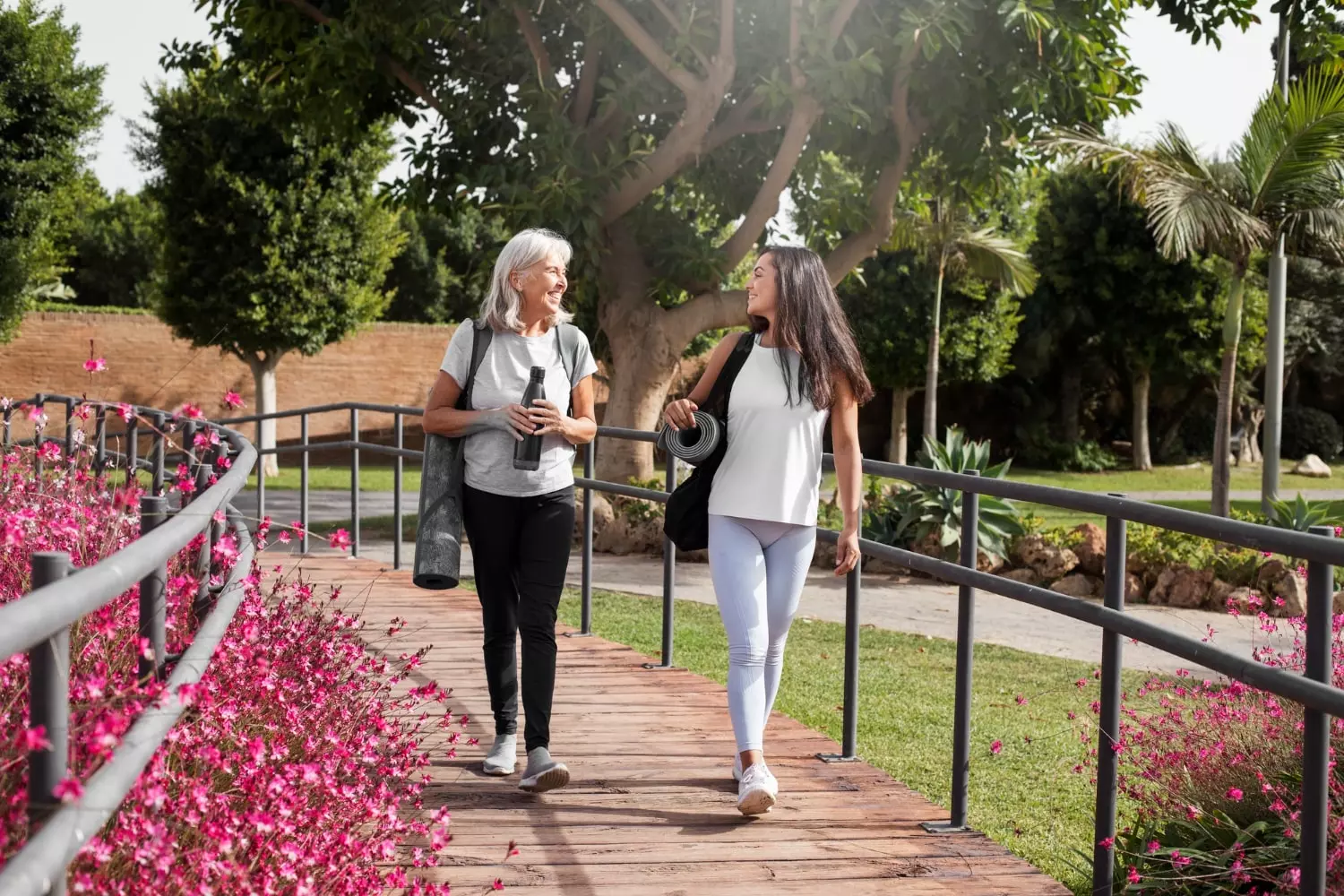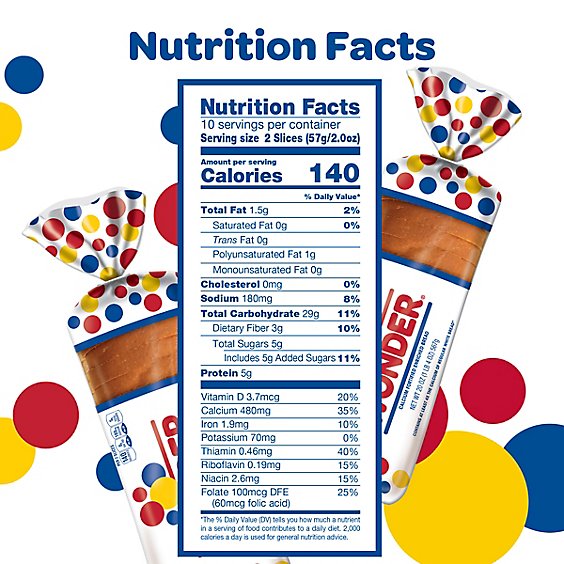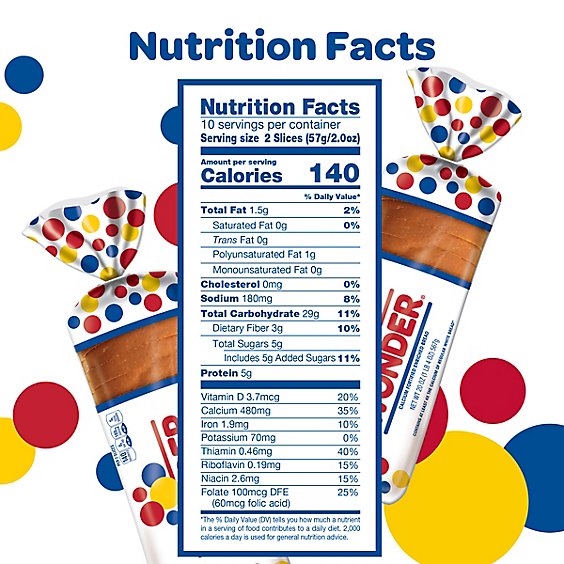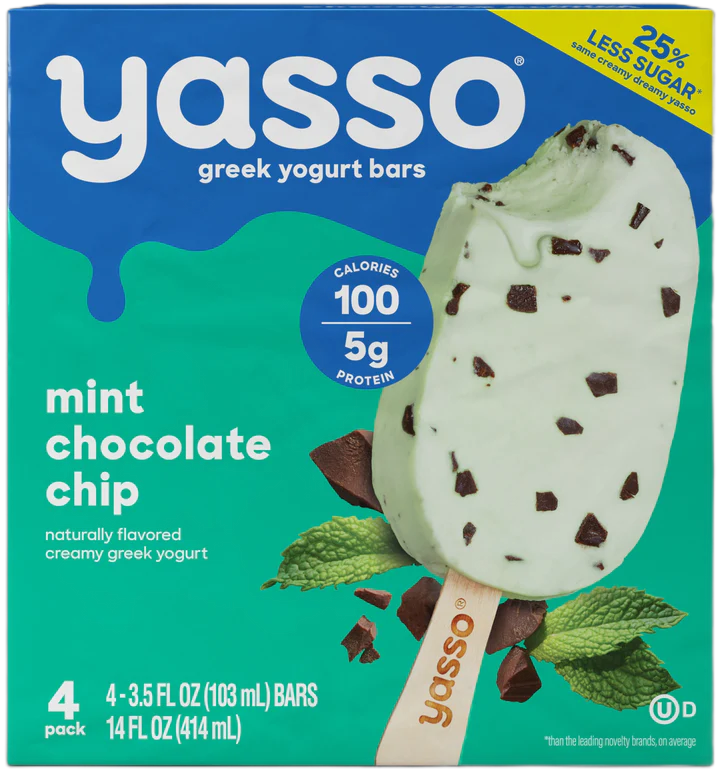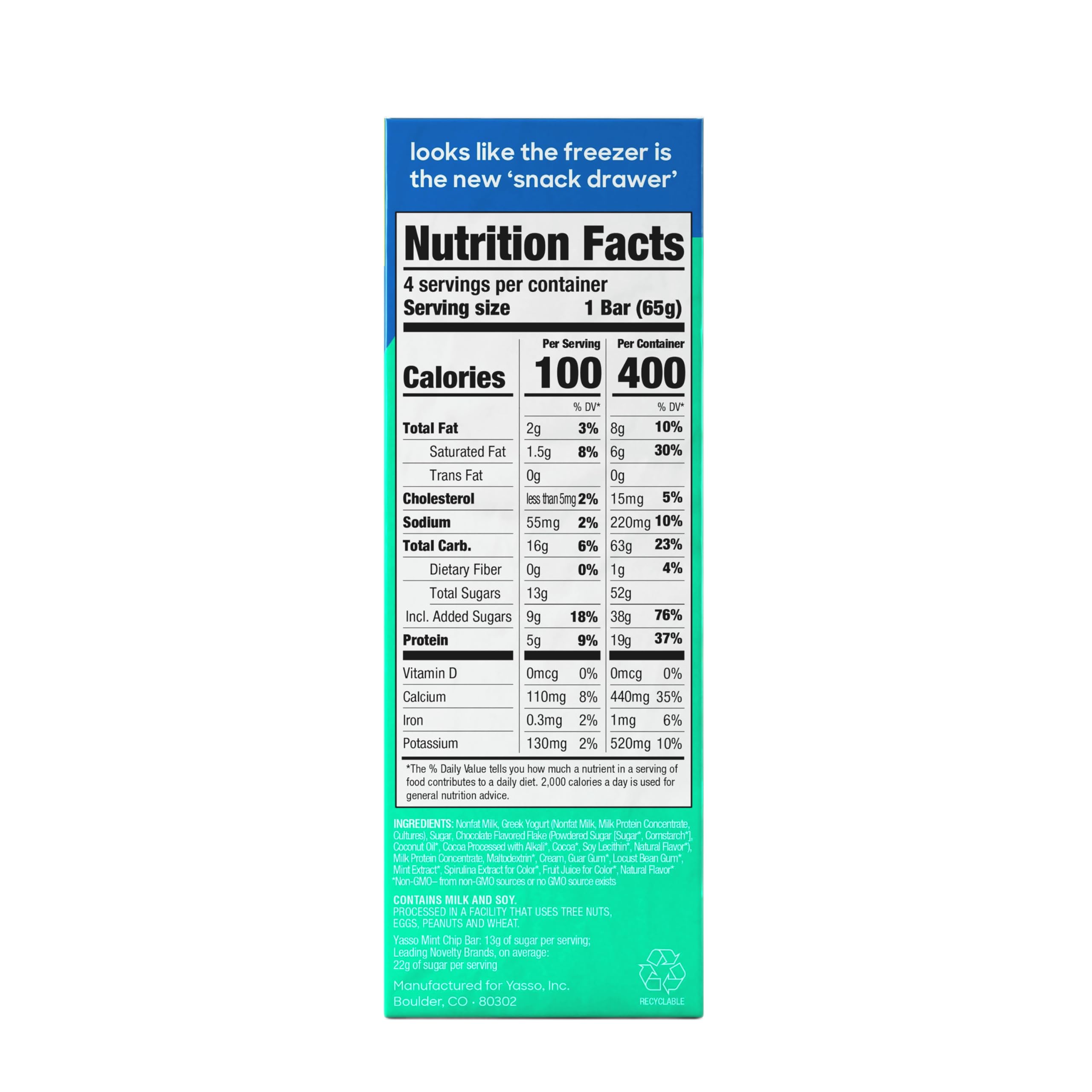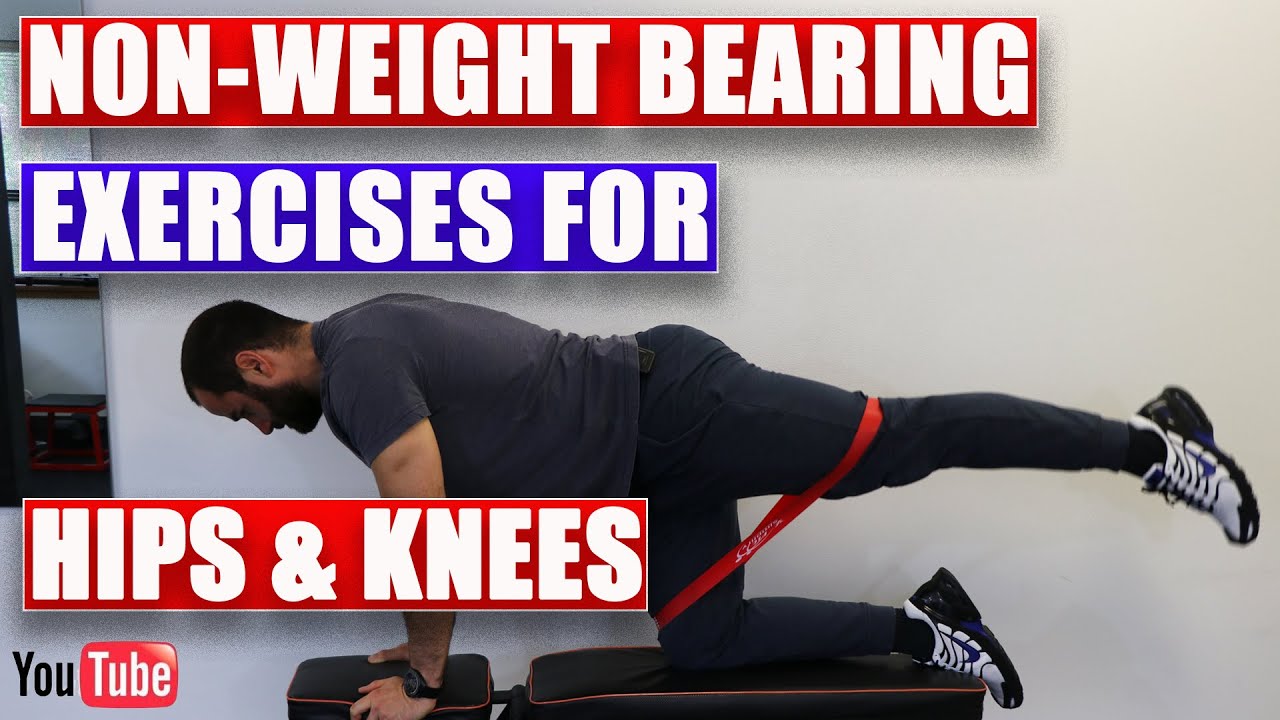
Non weight bearing leg exercises include seated leg lifts and upper body workouts. Use resistance bands for strength and perform chair yoga for flexibility.
Maintaining physical fitness while one leg is non-weight bearing due to injury or surgery can be challenging yet essential for overall health. These exercises help sustain muscle mass, improve circulation, and aid in the recovery process. It’s important to focus on movements that do not put pressure on the affected leg.
Engaging in activities like upper body workouts, seated resistance exercises, and some forms of seated Pilates and yoga can ensure that the body remains active without compromising the healing of the injured limb. Always ensure you perform these exercises within comfortable limits and follow any guidelines provided by healthcare professionals. With a well-rounded routine, you can support your body’s strength and flexibility even while dealing with mobility restrictions.
Credit: www.tiktok.com
Introduction To Non weight Bearing Leg Exercises
After an injury, keeping leg muscles strong without strain is vital. Non-weight bearing leg exercises come to the rescue. They help maintain muscle without putting weight on the injured leg.
Importance Of Maintaining Strength
Strong leg muscles support joints and ease recovery. Exercises that don’t bear weight prevent muscle loss. They also keep blood flow steady, which aids healing.
- Prevents atrophy
- Supports joint stability
- Enhances circulation
Benefits For Recovery And Rehabilitation
Recovery speeds up with these exercises. Healing is faster as muscles stay active. This way, the transition to full activity is smoother.
| Benefits | Examples |
|---|---|
| Faster healing | Ankle pumps, leg lifts |
| Improved mobility | Seated exercises, knee extensions |
| Less pain | Stretching, strengthening routines |
Anatomy Of The Leg
Understanding the intricate structure of the leg is crucial for targeting specific muscle groups. This knowledge helps design effective non-weight bearing leg exercises. Let’s explore the anatomy of the leg to grasp how these exercises can maintain muscle strength even when we can’t bear weight on our legs.
Muscle Groups Involved
The leg is a complex system of bones, muscles, and connective tissues. The main muscle groups include:
- Quadriceps: Located at the front of the thigh, these muscles help in straightening the knee.
- Hamstrings: These are found on the back of the thigh and assist in bending the knee.
- Calves: Made up of the gastrocnemius and soleus muscles, they help to push the foot down.
- Glutes: These muscle groups include the gluteus maximus, medius, and minimus and are involved in hip movement.
Impact Of Non-weight Bearing On Muscles
When we stop bearing weight on a leg, muscles can weaken quickly. Below are the impacts:
- Muscle atrophy: Muscles lose volume and strength.
- Stiffness: Joints become less flexible, affecting movement.
- Reduced blood flow: Less movement means less circulation.
Non-weight bearing exercises help minimize these effects by engaging muscles without stressing the injured area. Such exercises include knee extensions, seated leg lifts, and ankle pumps. They keep muscles active and promote blood flow.
Preparing For Exercise
Starting a non-weight bearing exercise routine can offer countless benefits. Whether due to an injury or surgery, keeping your non-weight bearing leg in shape is crucial. Proper preparation enhances not only the effectiveness of your workout but also its safety. Let’s dive into how to prepare for your leg exercises — focusing on both equipment and safety.
Safety Considerations
Before you begin any exercise routine, prioritizing safety prevents further injury. Start by consulting with a medical professional. They’ll confirm that you’re ready to engage in exercises. Always wear appropriate attire – such as non-slip socks or stable shoes. Make sure your exercise area is clutter-free to avoid any accidental trips or falls. Lastly, keep a mobile phone within reach. This ensures you can call for help if an emergency arises.
Equipment Needed
Having the right equipment is essential for a successful exercise session. Gather your tools before starting. This ensures you can maintain focus on your workout. Here’s a list of recommended items:
- Resistance Bands: For strength exercises
- Sturdy Chair: To stabilize yourself
- Ankle Weights (optional): For added resistance
- Mat: For floor exercises comfort
- Gym Timer or Stopwatch: For tracking exercise duration
Take time to set up your space. Ensure there is enough room to perform movements safely. Remember to adjust any equipment accordingly. This matches your specific needs for a more customized and secure workout experience.

Credit: www.youtube.com
Upper Leg Strengthening Routines
Strong upper legs support daily activities like walking and climbing stairs. For individuals not bearing weight on one leg, upper leg strength becomes crucial. The following exercises specifically target the upper leg muscles. They help maintain muscle mass and improve circulation during recovery.
Quadriceps Exercises
The quadriceps are key for leg strength and stability. Here are some effective exercises:
- Seated Straight Leg Raises: Sit on a chair with one foot on the ground. Straighten the other leg and raise it. Hold for a count of three.
- Quad Clenches: Lying down, push your knee into the bed, tightening the thigh muscle. Hold and release.
- Static Holds: While seated, extend your leg and hold it straight out. Keep the position as long as possible.
Hamstring Curls
Hamstrings balance leg strength. Curling activities engage these muscles. Try these exercises:
- Lying Hamstring Curls: Lie on your stomach. Bend the knee, bringing the heel toward your buttock. Hold and slowly lower.
- Seated Hamstring Curls: Use a resistance band around the leg of a chair for added difficulty. Curl your leg against the band.
- Standing Hamstring Curls: Hold onto a surface for support. Curl one leg at a time, bringing the heel up.
Lower Leg Conditioning
Engaging in lower leg exercises can boost strength and circulation even when bearing weight isn’t an option. Lower leg conditioning is crucial for maintaining muscle tone and joint motion during recovery periods. Let’s focus on effective exercises to keep your lower legs in great shape.
Calf Raises And Pumps
Strengthening your calves is essential for balance and mobility. These exercises can be done while sitting. Perform them to maintain muscle health and reduce atrophy risks.
- Seated Calf Raise: Sit with flat feet. Lift your heels high while keeping toes on the ground.
- Heel Pumps: Lift heels up and down rhythmically. Aim for three sets of ten repetitions.
Ankle Rotations
Ankle mobility is key to preventing stiffness. These rotations can keep your joints limber without stressing the leg.
- Sit comfortably with your foot elevated.
- Rotate your foot at the ankle, making large circles.
- Alternate directions after ten rotations.
Core Engagement And Stability
The foundation of any fitness regimen relies on a solid core. It’s the powerhouse that keeps your body stable and balanced, especially when one leg is off limits due to injury. Non-weight bearing exercises can strengthen your core without stressing your injured leg. Incorporating core exercises into your routine is essential. This not only enhances balance and stability, but also aids in the overall recovery process. Let’s focus on two effective movements: Bridges and Pelvic Tilts.
Bridges
Bridges
Bridges are a fantastic way to engage your glutes and lower back while giving your core the challenge it needs. Lie flat on your back with one leg bent and the other raised to avoid weight-bearing. Press your foot into the ground, lift your hips, hold for a moment, and then slowly lower. Perform 10 to 15 repetitions for optimal benefits.
Pelvic Tilts
Pelvic Tilts
Pelvic tilts are subtle yet powerful moves that activate your abdominal muscles. Lie with your back on the floor, knees bent, and lift your injured leg if needed. Tighten your stomach muscles, flatten your back against the floor, and tilt your pelvis up. Hold this position for a few seconds then return to the starting position. Aim for 2 to 3 sets of 12 repetitions.
Exercise Progressions
Embarking on a journey of recovery with non-weight bearing leg exercises requires careful progression to enhance strength and flexibility without causing injury. The following exercise progressions are designed to challenge your abilities in a safe and measurable way.
Increasing Difficulty Safely
- Start with basic movements. Begin your regimen with simple stretches and isometric exercises.
- Gradually increase resistance. Use resistance bands with varying tension to challenge your muscles.
- Introduce controlled motions. Incorporate exercises like leg lifts, ensuring your movements are slow and deliberate.
- Listen to your body. Stay aware of any discomfort. Pushing through pain is a no-go. Safety is key.
- Consistency is crucial. Regular sessions yield better outcomes. Stick to your routine.
Monitoring Progress
| Week | Exercise | Repetitions | Resistance Level | Feedback |
|---|---|---|---|---|
| 1-2 | Leg Stretches | 10 per set | None | Evaluate for basic flexibility |
| 3-4 | Leg Lifts | 8 per set | Light Band | Check for improved strength |
| 5-6 | Leg Curls | 6 per set | Medium Band | Assess control and resistance |
Use journals or apps to track your workouts. Celebrate small victories. Update your routine based on documented results. This will help in recognizing how you advance over time.
Incorporating Resistance Training
Staying active while non-weight bearing is key for a strong recovery. Resistance training can help. It builds muscle without stressing the injured leg. Strong muscles assist joint stability and overall body support. This section covers leg exercises that incorporate resistance, suitable for those with weight-bearing limitations.
Using Resistance Bands
Resistance bands offer a versatile workout. They are light and portable. Perfect for home exercises, they add tension without pressure on the leg. Let’s explore several moves:
- Seated leg press: Sit on a chair. Loop the band around your foot. Stretch your foot forward against the band.
- Knee extension: Fixed to a stable object, the band goes around your ankle. Extend and lower the leg with control.
- Hip abduction: Fix the band to a point, and loop around your ankle. Move your leg to the side, keep your hip, knee, and foot aligned.
Isometric Exercises
Isometric exercises maintain muscle strength without movement. They push or pull against stationary resistance. Here are a few to try:
| Exercise | Description |
|---|---|
| Quad Clench | Sit with legs straight. Tighten thigh muscles, hold, and release. |
| Glute Squeeze | Lie on your back with legs straight. Squeeze buttock muscles, hold, and relax. |
| Inner Thigh Press | Place a pillow between knees. Press, hold, and release. |
All exercises should be pain-free. Do them slowly, focus on form. Build up repetitions as your strength improves.
Adapting Exercises For Full Mobility
Adapting Exercises for Full Mobility takes creativity and commitment. People with leg injuries often need exercises that keep weight off the injured leg. It’s essential to stay active, even with a Non-Weight-Bearing (NWB) status. Proper movements maintain muscle strength. They also improve circulation and support overall well-being. These routines are vital during recovery. Following a structured exercise program will help pave the way to regaining full mobility.
Transition To Weight-bearing Exercises
Once your doctor approves, moving to weight-bearing exercises is an exciting step. Begin with gentle activities. Examples include partial squats and standing leg lifts. They allow for partial weight placement while offering stability for your healing leg. Always listen to your body. Progress at a pace that feels safe and comfortable.
Use supportive devices, such as crutches or a brace. They help during transition. Gradually build the amount of weight your leg can handle. Follow these steps for best results:
- Start with a small percentage of your weight.
- Slowly increase the pressure on your leg.
- Try exercises like toe taps or leg presses.
Integrating Aerobic Activity
Aerobic activity is crucial for a healthy heart and lung function. NWB conditions pose a challenge. But many aerobic exercises suit NWB needs. Seated or reclining stationary bikes are great. Upper body ergometers (hand bikes) are also beneficial. They offer rigorous workouts without stressing your leg.
Set aside time each day for these aerobic activities:
- Arm cycling
- Swimming (with proper leg support)
- Seated rowing
These activities raise your heart rate. They do not put dangerous stress on the injured leg. Blending a mix of strength and aerobic exercises ensures you can stay healthy and active. You’ll be ready for a seamless switch back to standard workouts once fully healed.
Professional Guidance And Physical Therapy
Experiencing non-weight bearing conditions can challenge your daily routine and fitness goals.
Professional guidance from physical therapists ensures safe and effective exercises.
Such expertise tailors exercises to your needs, maximizing recovery while minimizing risk. Let’s delve deeper.
Role Of Physical Therapists
Physical therapists play a crucial role in your recovery journey.
Their expertise in human anatomy and rehabilitation techniques guides you to move correctly. They foster healing while maintaining muscle strength.
- Assess your current physical capabilities
- Recommend exercises that suit your specific condition
- Monitor progress and adjust your exercise plan
Creating A Personalized Plan
A personalized exercise plan is vital for successful recovery.
Your therapist designs a regimen that reflects your unique challenges and goals.
| Phase | Goals | Exercise Type |
|---|---|---|
| Initial | Muscle Activation | Isometric |
| Progressive | Strength Building | Resistance |
| Advanced | Functional Training | Balance |
With regular assessments, therapists fine-tune this plan, ensuring optimal outcomes.

Credit: carolinejordanfitness.com
Frequently Asked Questions For Non Weight Bearing Leg Exercises
What Are Non Weight Bearing Exercises?
Non weight bearing exercises are activities designed to strengthen muscles without putting pressure on specific limbs, often due to injury. These exercises focus on maintaining fitness levels while preventing stress on the injured limb, promoting recovery.
Can You Exercise With A Leg Cast?
Yes, you can exercise with a leg cast. There are various upper body workouts and non weight bearing leg exercises designed to keep you active while your leg heals. Always consult your doctor before starting any exercise routine with a cast.
What Exercises Can Improve Leg Strength Without Walking?
Exercises like seated leg lifts, knee extensions, and upper body workouts can enhance leg strength without walking. Resistance bands and isometrics are also excellent non-weight bearing options for maintaining leg muscle tone.
How To Stay Fit With A Leg Injury?
Staying fit with a leg injury involves adapting your exercise routine to include non weight bearing activities, such as upper body exercises, core workouts, and using equipment like hand-bikes. Always seek professional advice to tailor a fitness regimen that safely accommodates your injury.
Conclusion
Embarking on non-weight-bearing leg exercises offers a path to recovery and strength without risking further injury. It’s essential for maintaining muscle tone and circulation while immobilized. Remember, consulting a healthcare professional before starting ensures a safe, tailored workout routine. Keep your spirits high, and embrace this journey to well-being.



